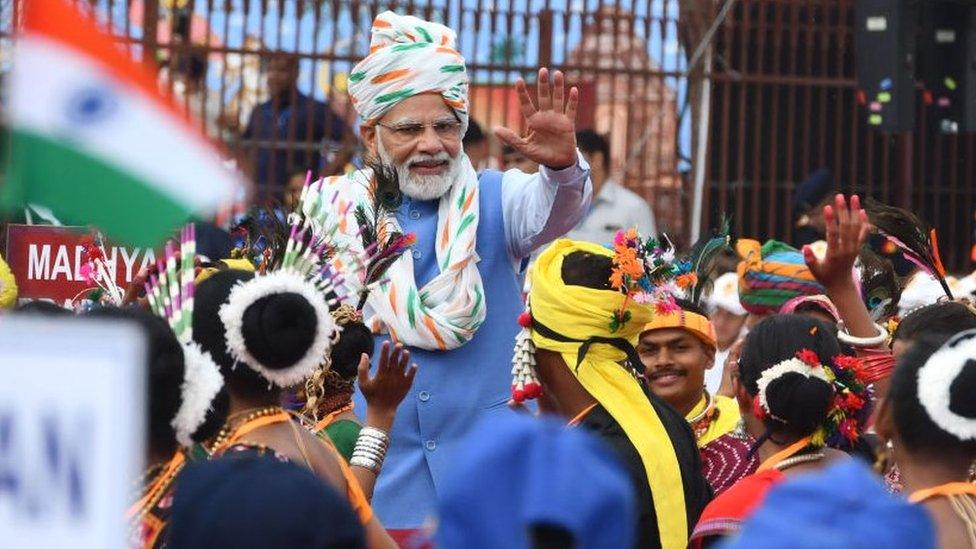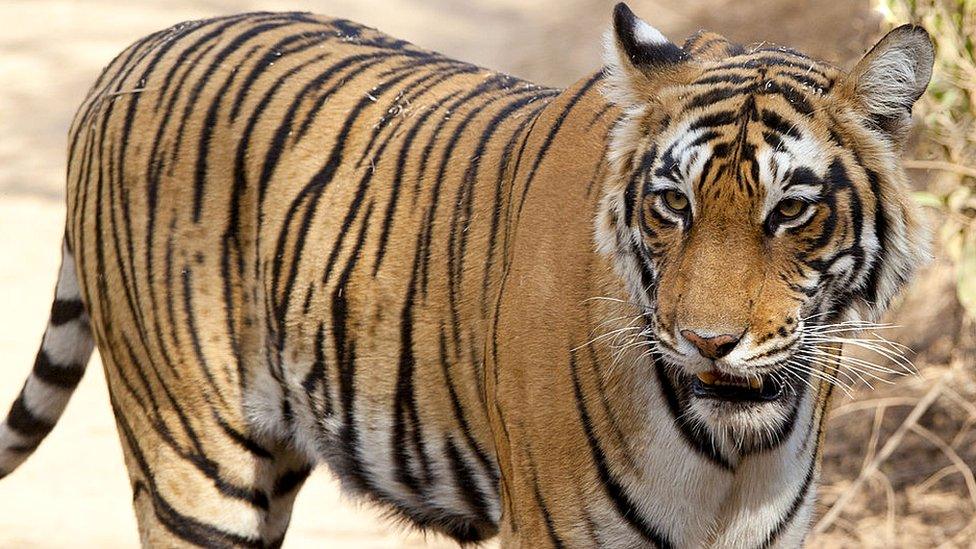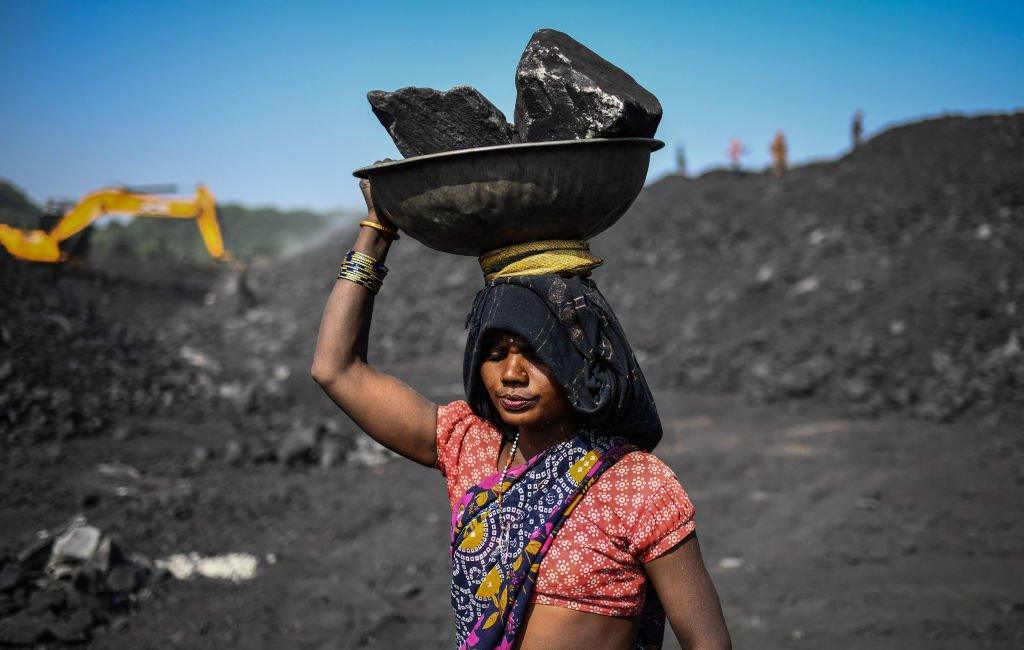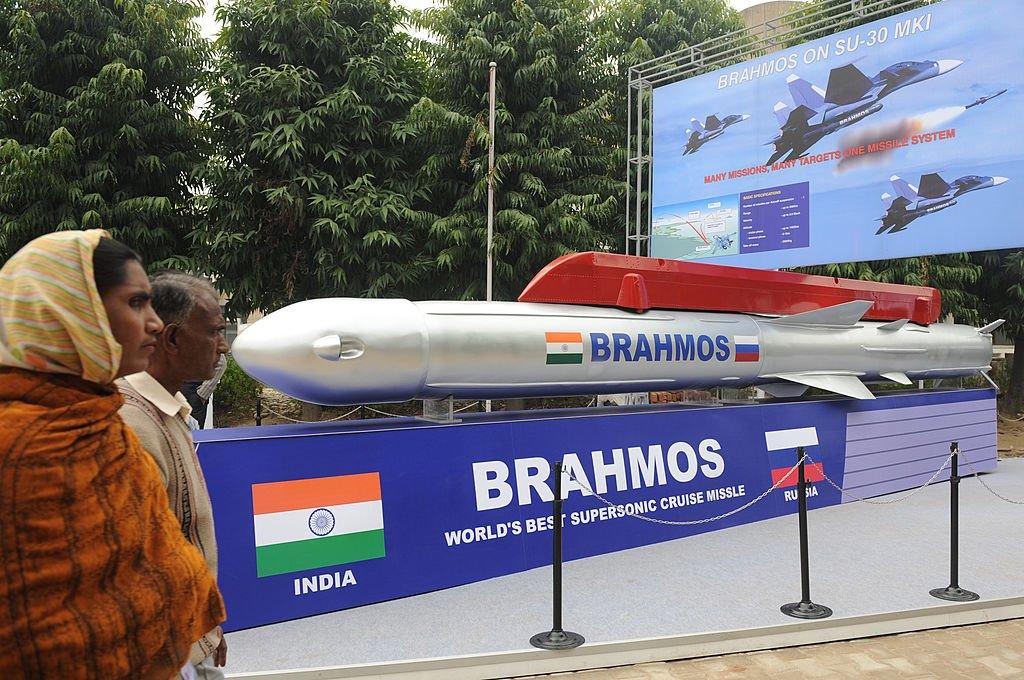Independence day speech: Prime Minister Modi's speech fact-checked
- Published

Mr Modi at India's Red Fort celebrating independence 75 years ago
Prime Minister Narendra Modi addressed the nation on the 75th anniversary of India's independence, and mentioned several areas where he said his BJP government had made progress.
We've checked some of those claims.
'India's efforts in [the] environment are giving results...[an] increase in forest cover, number of national parks...[the] number of tigers and Asiatic lions are a matter of happiness.'
India currently has a target to bring one-third of its land area under forest cover,, external but progress has been patchy. The country's official estimates - to which Mr Modi is presumably referring - show that forest cover has grown to 24.6% of the total area as of 2021, a slight increase from the previous year.
But according to the Global Forest Watch (GFW), which collates data from the University of Maryland, Google, the US Geological Survey and National Aeronautics and Space Administration (Nasa) - India lost 19% of its tree cover between 2002 to 2021.
The discrepancy here is explained in the way forest cover is defined, with the official Forest Survey of India including plantations on private and community land, road, rail and canal side plantations, rubber, tea and coffee plantations when assessing forest cover.
The GFW estimate is based only on vegetation that is taller than five meters so excludes areas counted by the official survey.

There has been an increase in the tiger population in India
Mr Modi is right when he says there has been an increase in lion and tiger populations in recent years.
The number of Asiatic lions grew from 523 to 674 between 2015 and 2020.
And the tiger population increased from 2,200 to nearly 3,000 between 2014 and 2018.
On overall climate policy, India continues to be one of the top carbon emitters globally, after the US and China, and remains heavily reliant on coal.
Mr Modi has said India will achieve net zero emissions or become carbon neutral by 2070.
'India has set a target of 450 gigawatts [GW] of renewable energy by 2030. Of this...100 GW has been achieved ahead of schedule'
While India might well achieve 100 gigawatts (GW) of power from renewables this year, this needs to be put in context.
The government had a target of 175 GW to be generated from renewable sources by this year, and this has not been met so far.

India is heavily reliant on coal for its energy needs
A recent parliamentary report also noted that a target set at the beginning of 2018 for India's renewable energy capacity to reach 43% of its total energy mix by this year will also not be met - and has been put back to mid-2023.
According to the latest data from the Central Electricity Authority, India's total installed capacity stands at 404 GW - 28% is from renewable sources and 12% from hydroelectric power.
It's also important to note that the International Energy Agency has said India has the fastest growing renewable electricity sector of any major economy, and in the next few years, is expected to become one of the world's biggest biofuel producers., external
'We are making constant efforts to... encourage Indian companies to make the country self-reliant in...defence'
It's true that the BJP government has pushed for more self-reliance in defence. It has:
raised the cap on foreign investment in the defence sector
set up special programmes to promote home-produced manufacture
simplified procedures for companies wanting to bid for defence contracts

BrahMos is a joint venture between India and Russia to produce missiles
But according to data from SIPRI (Stockholm International Peace Research Institute), India is still one of the world's biggest buyers of arms from abroad.
It accounted for 11% of all global major arms imports from 2017 to 2021, although this figure has come down from previous years, when it was even higher.
Major arms exports to India from 2004 onwards (when Congress was in power) reached a peak in 2013 and then fell in value after 2014 (when the BJP took over). But in 2021, they rose sharply and were at their second highest level for the entire period, going by SIPRI data.
One analysis points to specific challenges, external for India's plans to become more self-reliant in defence, but says the war in Ukraine and the desire amongst Western countries to lessen India's dependence on Russia may spur them to help India develop its home-grown defence sector.
